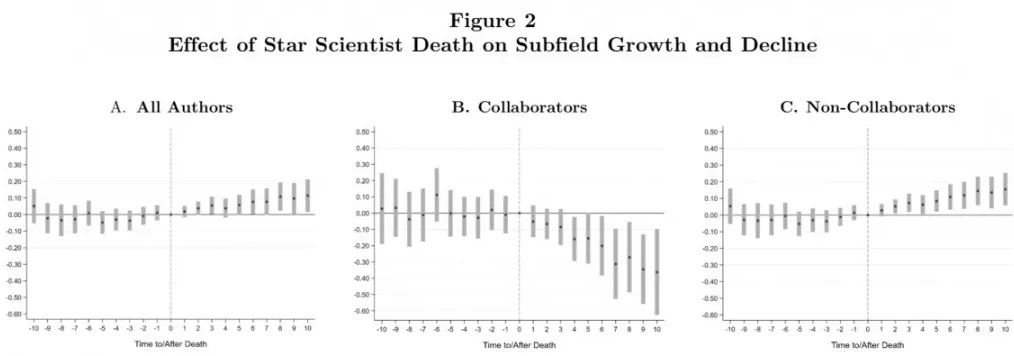
This blog post is authored by Every employer who has employees covered by the California State Teachers’ Retirement System(“CalSTRS”)is aware of the massive funding gap for the CalSTRS pension fund, and the need to stabilize funding for CalSTRS before the pension fund goes broke. At this time, the CalSTRS Defined Benefit Program is only about 67% funded and has an unfunded liability of nearly $74 billion. CalSTRS has recognized the need for increased contribution rates and asked the Legislature to take action in order to sustain the long-term viability of the pension fund.
The Legislature took up the call and passed Assembly Bill 1469 to address the CalSTRS funding gap and eliminate the fund’s unfunded liability. On June 24, 2014, Governor Brown signed AB 1469 into law. AB 1469 is part of the 2014-2015 budget and will take effect immediately. AB 1469 creates a plan to fully fund the CalSTRS Defined Benefit Program by 2046 through hefty increases to employer, employee, and State contributions. Although rate increases phase in over a number of years, employers can expect to feel the effects of the increases almost immediately.
Employer contributions will steadily rise from the current rate of 8.25% of creditable compensation to 19.1%, phased in over the next seven years. Under the new legislation, the employer contribution rates will be as follows:
- July 1, 2014 – 8.88%
- July 1, 2015 – 10.73%
- July 1, 2016 – 12.58%
- July 1, 2017 – 14.43%
- July 1, 2018 – 16.28%
- July 1, 2019 – 18.13%
- July 1, 2020 – 19.1%
The employer contribution rates in effect on July 1, 2020, will remain in place unless modified by the CalSTRS Board. Beginning in the 2021-2022 fiscal year, the STRS Board is required to increase or decrease the employer contribution rate to the rate required to eliminate the current unfunded actuarial liability by June 30, 2046. However, the change cannot lead to an employer contribution rate increase of more than one percent in any fiscal year and the total increased contribution rate under the legislation cannot exceed 12%. Thus, employers could see their contribution rate reach a total of 20.25% by fiscal year 2023-2024.
Employers are not alone in shouldering the rate increases. Employees will also see their contribution rates increase over the next three years. CalSTRS members who are subject to the California Public Employees’ Pension Reform Act of 2013(“PEPRA”), also known as “2% at 62 members”, will have their contribution rate increased from 8.00% to 9.205%. CalSTRS members who are not subject to PEPRA, also known as “2% at 60 members”, will see their rates increase from 8.00% to 10.25%. The employee rate will be as follows:
2% at 62 Members
- July 1, 2014 – 8.15%
- July 1, 2015 – 8.56%
- July 1, 2016 – 9.205%
2% at 60 Members
- July 1, 2014 – 8.15%
- July 1, 2015 – 9.20%
- July 1, 2016 – 10.25%
Of course, the member rate increases for current employees means that current employees will be paying a larger contribution towards their defined retirement benefit. Generally, the contracts clauses of the state and federal constitutions prohibit an employer from impairing constitutionally-protected “vested” retirement benefits. However, case law provides that vested benefits may be modified if, prior to the time of retirement, a reasonable modification is made to maintain the integrity of the pension system and the modification results in a comparable benefit or new advantage. The legislation creates a comparable benefit to offset the increased employee contribution by guaranteeing that all employees performing creditable service as of January 1, 2014, will receive the existing two percent “annual benefit increase.”
Finally, the State contribution rate will also increase from 3.041% to 6.328% over the next three years. When contributions for purchasing power protection are included, the State increase will represent an increase from 5.541% to 8.828%. Beginning in fiscal year 2017-2018, CalSTRS must, within certain restrictions, adjust the State contribution rate to reflect the contribution required to eliminate the unfunded actuarial liability attributed to benefits in effect before July 1, 1990.
Increased employer and member contributions required by this legislation are only applicable to the Defined Benefit Program. Employer and member contributions creditable to the Defined Benefit Supplement Program, such as for earnings in excess of one year of service credit, will remain at eight percent. The Excess contributions above eight percent received by CalSTRS that are creditable to the Defined Supplement Program will be returned to employers. Employers will then return the excess member contributions to the employees and the returned pre-tax contributions will be considered taxable income in the year they are received by the employee.
Employers will begin to feel the effects of these changes as increased employer contributions begin to phase in over the next several years. The Senate and Assembly bill analyses predict that the legislation will increase costs to employers by several billion dollars through 2046. The contributions rate increases will have long-term effects on the fiscal stability of CalSTRS employers and will require employers to be mindful of these impacts as they make future collective bargaining and budgeting decisions.
If you have questions about this issue, please contact our Los Angeles, San Francisco, Fresno, or San Diego office.

















